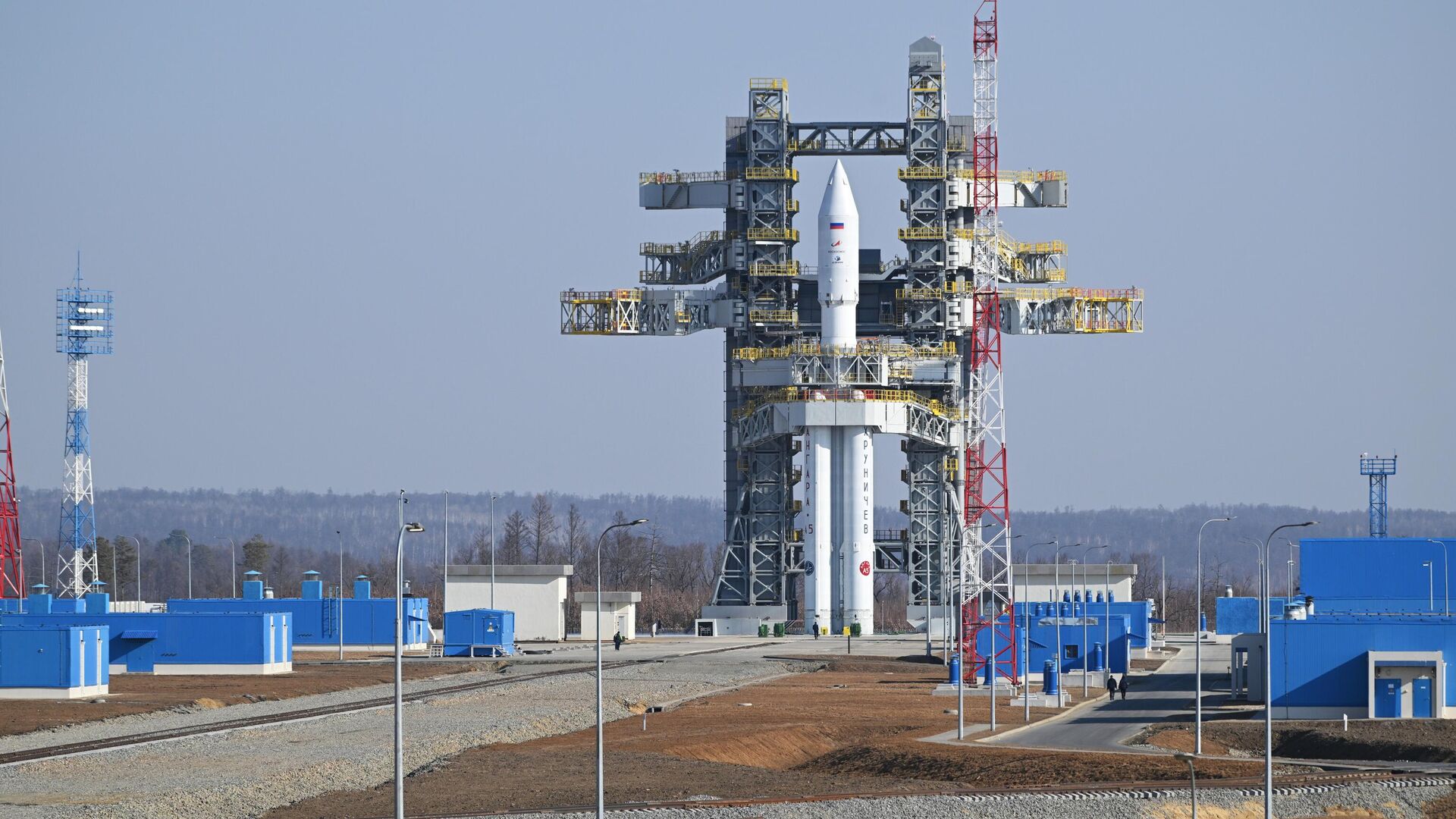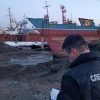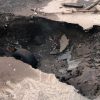
KHABAROVSK, April 10 Residents of the Vaninsky district of the Khabarovsk Territory were asked to refrain from going to the possible zone the fall of the stages of the Angara-5A launch vehicle, which is scheduled to be launched from the Vostochny Cosmodrome on Wednesday, the district administration reports.
The first launch of the Angara-A5 rocket from the launch complex recently built at the Vostochny cosmodrome (Amur region) was originally supposed to take place on Tuesday evening local time, but was postponed to April 10 at approximately 19.00-20.00 local time. 
According to the administration of the Vanino region, the approximate location of the fall of the rocket stages does not change. The possible fall zone falls within the forest boundaries of the village of Vysokogorny and the village of Kenada. The estimated time for the steps to fall is within an hour from the moment of launch. The flight path is designed in such a way that there is no threat to populated areas and residents, and man-made risks are also minimal.
“After the launch, specialists will be sent to a predetermined area where the stages will fall. They will find and take away parts of the launch vehicle. However, we ask residents to refrain from going to the area where the stages of the launch vehicle may fall in the near future,” the district administration said in a statement.
A high alert regime has been declared in the Vanino region in connection with the planned launch of a launch vehicle.
The oxygen-kerosene Angara-A5 weighs 761 tons when fueled. The Orion upper stage, when fully loaded with naphthyl, weighs another 22.1 tons. It can fire its propulsion system up to five times to deliver the satellite into the desired orbit. One of the main tasks that will be carried out using Angara flights from Vostochny will be the construction of the Russian Orbital Station (ROS). It is assumed that the heavy Angara will deliver all its modules into orbit, and will also launch manned spacecraft to the station. The first module (scientific and energy) of the ROS will be sent into orbit in 2027. Next year the hub and gateway modules will fly, and in 2029 the base module will dock with the station. This will complete the first stage of creating the ROS.























































Свежие комментарии